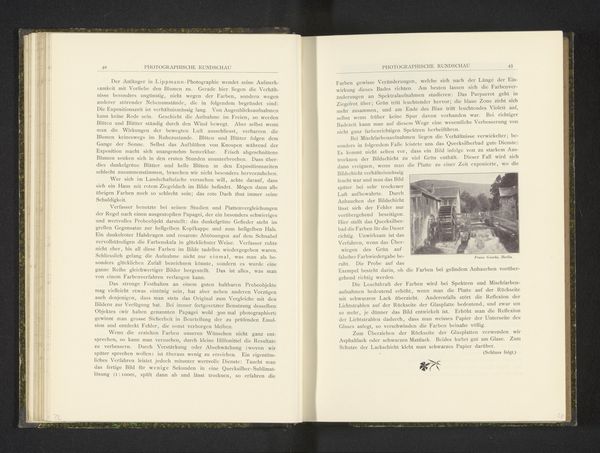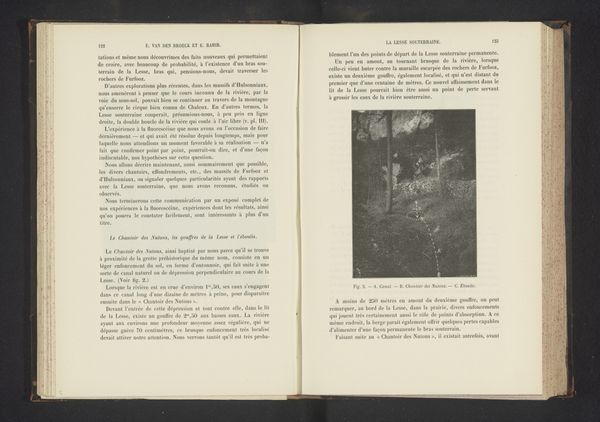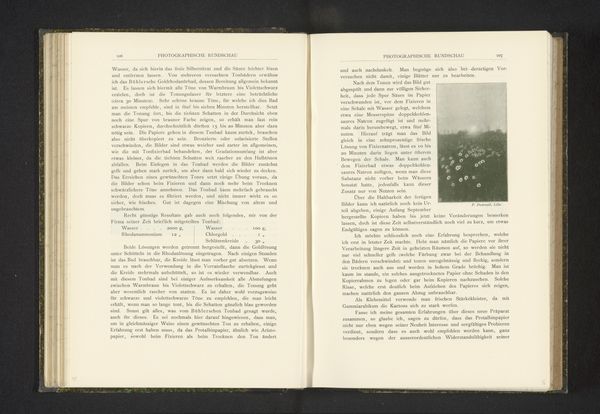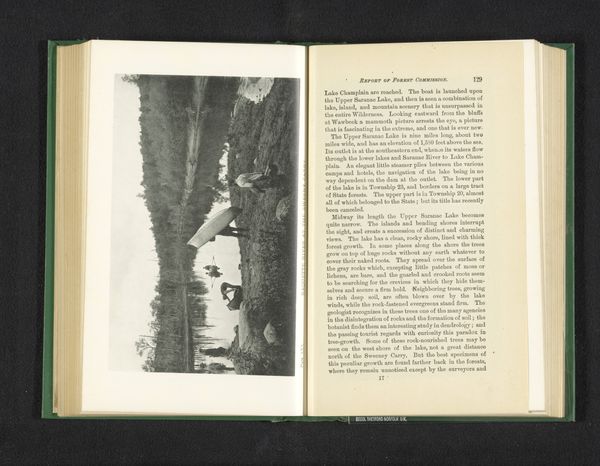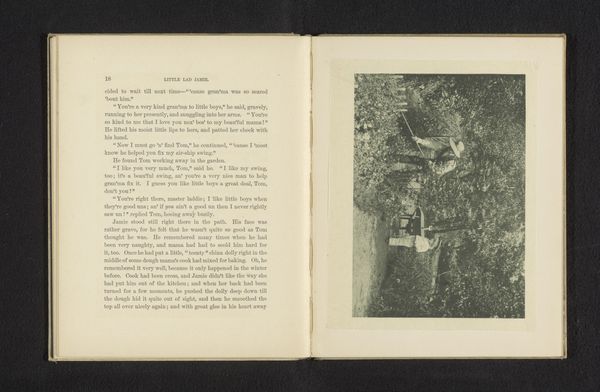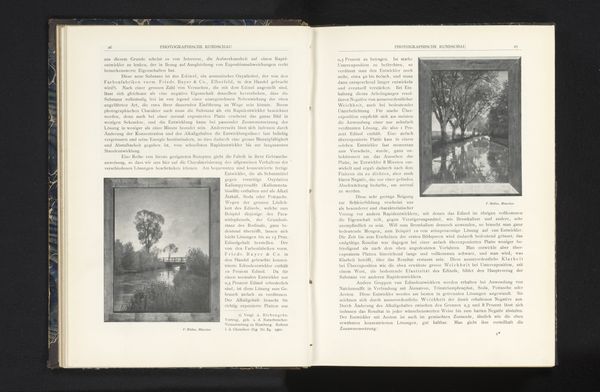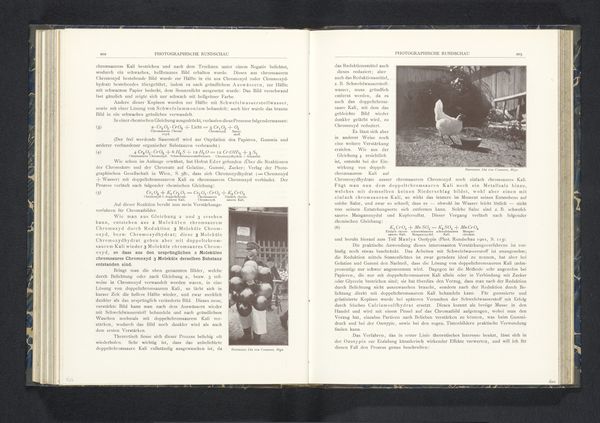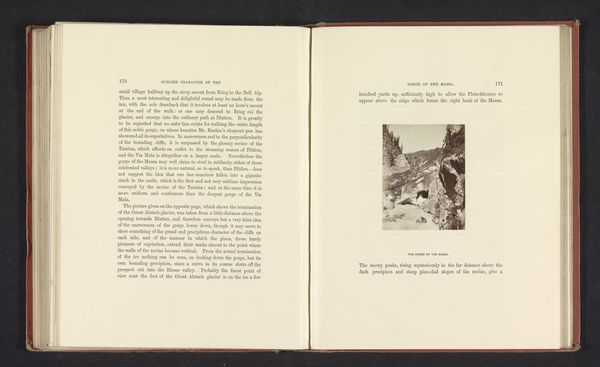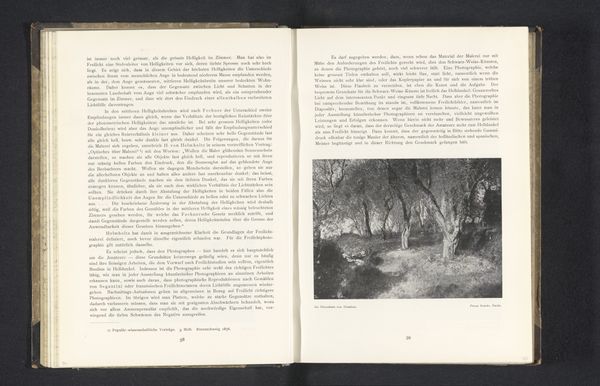
print, photography, gelatin-silver-print
#
still-life-photography
# print
#
landscape
#
photography
#
gelatin-silver-print
Dimensions: height 80 mm, width 120 mm
Copyright: Rijks Museum: Open Domain
Curator: This gelatin silver print, entitled "Gezicht op een kerkhof in de sneeuw," or "View of a cemetery in the snow," predates 1899 and is attributed to H.M. Gehrkens Jr. It depicts, unsurprisingly, a snowy cemetery. Editor: It’s incredibly bleak, isn’t it? The white of the snow almost erases the gravestones, and the leafless trees seem to claw at the sky. It gives off such a strong sense of desolation. How do you interpret this work? Curator: The image strikes me as a poignant commentary on mortality and the erasure of history. Considering it was created before 1899, during a period of significant social and political upheaval in Europe, one must wonder if Gehrkens was commenting on more than just the physical landscape. Look closely; is the snow a literal representation, or a symbolic shroud veiling the past? Editor: That’s a fascinating point. The “shroud” is the perfect metaphor! Is it perhaps about a specific kind of erasure, tied to identity or perhaps cultural memory? The stark landscape could symbolize the struggles marginalized communities face to maintain visibility within a dominant historical narrative. Curator: Exactly. The cemetery itself can be viewed as a site of collective memory. What does it signify when that memory is obscured, or seemingly wiped clean? Who has access to it, and who is excluded? Perhaps even the absence of any human figures emphasizes feelings of isolation and social alienation. Editor: It definitely highlights that there’s something deeper at play here. So the photographic medium, combined with this bleak landscape, offers an intersectional reading of history and memory? Curator: Precisely. Gehrkens may be prompting us to consider not just the presence of death, but the potential for social and historical death as well. A loss of visibility and acknowledgment in the face of overwhelming forces. Editor: That’s… very powerful, a completely different understanding than where I started. Thanks for your insight. Curator: Indeed. And in analyzing Gehrkens' choice of such a barren and seemingly empty landscape, it shows how much can be seen even within emptiness.
Comments
No comments
Be the first to comment and join the conversation on the ultimate creative platform.
